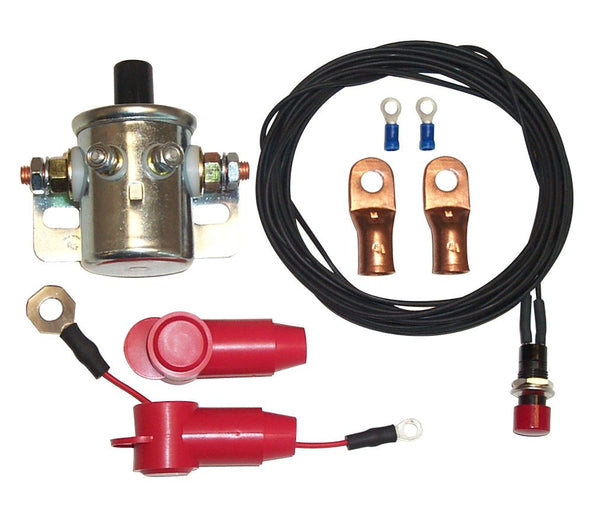Maybe have a look at this wire rating chart, It appears that some of the cable sizes are underrated compared to the protection ratings of the circuit breakers they are feeding. Particularly the grounds at the battery, the 2-Guage feed for the starter, and the early 2-gauge connections feeding the 150 amp CB and it's feed connections to the bus as well as 2-gauge feed cables to and from the 100 amp CB's.
It is common to exceed the total protection device values downstream and size the feed conductor (wire) by at least 150%. Why? because the CB is rated at less than 150 amps continuous duty. Then it will take some amount of time to trip at 150 amps. However, in a short circuit condition, the current rating of the CB may be exceeded by many times for a short period of time. Using an intentionally oversized conductor can prevent overheating of the cables should this type of fault occur.
A car battery can supply far more than 1000 amps in a short circuit fault and do so in less than 2-3 milisconds. If the CB cannot react that fast then the system conductors will experience this high current condition until it does.
It is also unusual to see CB's in series where the main feed CB sizing is less than the total downstream CB total protection value. Usual a total system main circuit breaker will equal the total of the separate downstream branch CB's.
What I would do is use the 150 amp CB to feed the starter power circuit and uprate its conductors to 2/0. Then uprate the ground conductor sizes to the same 2/0. You may find that in a long start, a multiple-try start, or a very hot engine the CB will trip. If this becomes an issue then upsizing the CB may be necessary and maybe even the conductor size if the cables get very hot.
Then feed the bus directly from the battery plus connection and keep this length of conductor as short as possible. The best case would be to place the bus right at the battery location and connect it with a short length of 2/0 feed conductor.
Neither the audio amp or the Holley ECU seam to have any protection on this diagram.
However if you meant to say 2/0 where you have indicated 2-guage then some of these others will be OK.
This is all my friendly offered opinion. And it was free.
Included is a paper on battery short circuit fault current capacity. Attention to figure 2 and keep in mind this data is for a 12 VDC 33AH AGM glass mat battery used in industrial backup systems and is of relatively moderate size and current capacity compared to automobile type AGM glass mat types. Many of them are 40 -100AH rated. Typically about 50-60AH rated. In any case, an automotive 12v battery can supply far more than a 1000A in a short circuit condition fault such as a starter armature shorted to ground internally.

info.waytekwire.com

americanautowire.com


